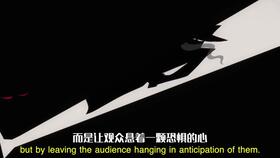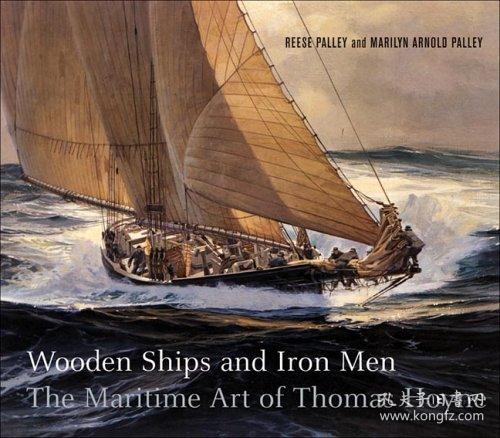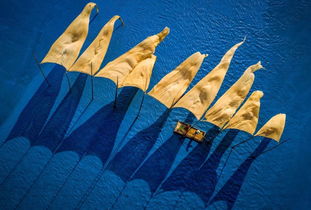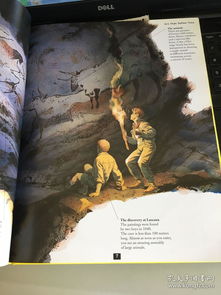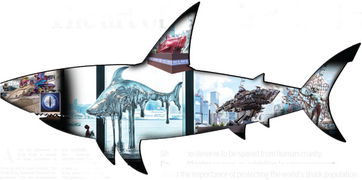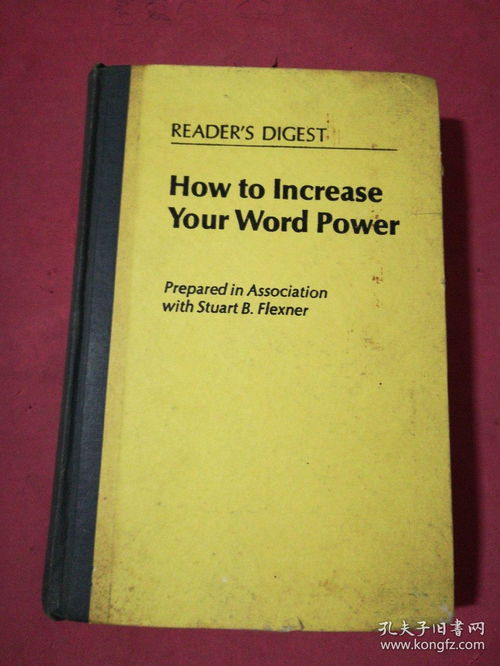Content:
Introduction: Fishing post-drainage can be a challenging yet rewarding experience for anglers. When water levels recede, the fish tend to congregate in certain areas, making it an excellent opportunity to catch them. In this article, we will discuss the essential techniques to help you master fishing post-drainage and increase your chances of success.
Choose the Right Location: Post-drainage, fish often gather in areas with deeper water, such as pools, holes, or slow-moving streams. Identify these spots by observing the terrain and looking for signs of fish activity, such as bubbles, splashes, or debris in the water. Use a map or GPS device to locate these areas and plan your fishing trip accordingly.
Adjust Your Tackle: During post-drainage, fish may become more cautious and less active. To increase your chances of catching them, it's essential to use the right tackle. Here are some recommendations:
a. Lighter Line: Use a lighter line to reduce the risk of spooking fish. A monofilament line with a thickness of 4 to 6 pounds is usually sufficient.
b. Sensitivity: Opt for a rod with a sensitive tip to detect subtle movements and strikes. A medium-action rod is a good choice for post-drainage fishing.
c. Baits: Use natural, live baits or artificial lures that mimic the prey fish are accustomed to. Small, natural-looking baits, such as worms, minnows, or crickets, are often effective.
Present Your Bait or Lure: When fishing post-drainage, it's crucial to present your bait or lure in a way that minimizes disturbance and encourages strikes. Here are some tips:
a. Gentle Approach: Fish are more cautious after a drainage event, so approach your fishing spot with care. Cast your line gently and avoid splashing water.
b. Slow and Steady: Fish may be less active, so it's essential to move your bait or lure slowly and steadily. This allows the fish to track and strike at the bait without feeling threatened.
c. Change Lures: If you're using artificial lures, try varying the retrieve speed, depth, and type of lure to entice fish that may be less responsive.
Timing and Weather: Fishing post-drainage can be highly weather-dependent. Here are some tips to maximize your chances:
a. Early Morning or Evening: Fish are often more active during these times, so plan your fishing trip accordingly.
b. Overcast Days: Fish may be more visible and active on overcast days, as the reduced sunlight minimizes their ability to detect shadows and movement.
c. Windy Conditions: Wind can create surface disturbances that spook fish. Try to fish in calm conditions or use a boat to avoid wind-related disturbances.
Be Patient and Persistent: Fishing post-drainage can be challenging, but persistence is key. Fish may be scattered or less active, so it's essential to be patient and stay focused. Here are some tips:

a. Change Locations: If you're not having success in one area, move to another spot. Fish may be concentrated in different locations after a drainage event.
b. Experiment with Techniques: Don't be afraid to try different techniques, such as casting to different depths or using various lures. Sometimes, it takes a bit of trial and error to find what works.
Conclusion: Fishing post-drainage requires patience, persistence, and the right techniques. By choosing the right location, adjusting your tackle, and presenting your bait or lure effectively, you can increase your chances of success. Remember to be patient and persistent, and you'll be well on your way to mastering the art of fishing post-drainage. Happy fishing!
